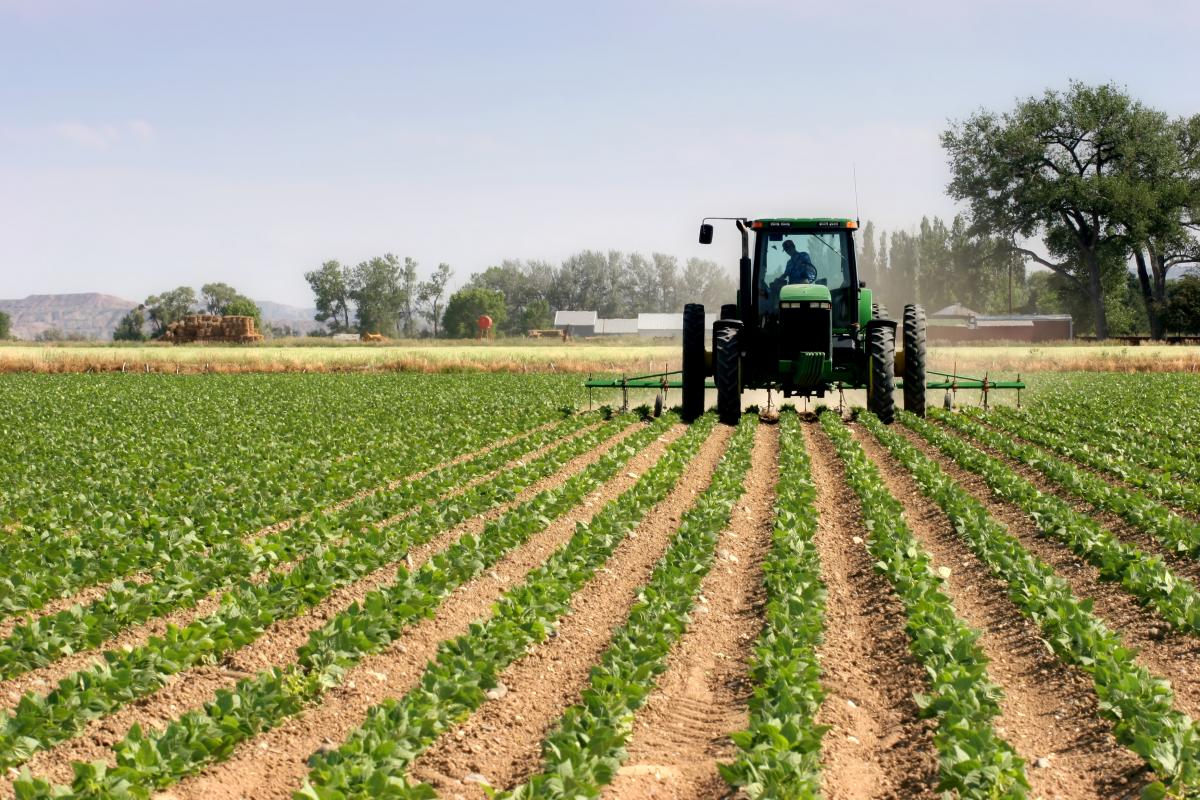Modern Farming: How One Scientist Explains the Evolving Industry
This post was originally published on GMO Answers' Medium page.
By Tim Durham
Dr. Durham’s family operates a 30-acre vegetable farm on Long Island, New York — where he returns to work every summer. During the academic year, Dr. Durham teaches general biology, plant science, biotechnology, genetics, and agronomy at Ferrum College in Virginia.
The following features a Q&A with Dr. Tim Durham on the state of modern agriculture and the challenges facing the evolving industry.

1. What are some of the biggest challenges farmers face today?
There are many fretful nights. In addition to the uncertainties of weather, markets, and regulation — factors largely out of our control — farmers frequently find themselves on the defensive about technologies that can temper factors within our control, like pests, weeds, and diseases.
2. What methods and tools are available to manage and protect crops against these problems?
Most farmers use Integrated Pest Management (or IPM). IPM is a toolbox approach to pest management that isn’t overly dependent on one strategy. It’s about effectively brandishing as many tools as possible to exploit what we know about pest behavior and physiology. We could draw from a toolbox of resistant varieties, pesticides, genetically modified organisms (GMOs), biocontrol agents, and cultural control, among others. Some, all, or none may actually be used. But it’s an imposing show of knowledge-based force. In some cases, like forecasting and scouting, it’s a litmus test to see if intervention is even necessary.
3. There is lots of information and misinformation in the media and online about pesticides and their safety. Can you explain a little bit about the need for pesticides and their relationship to GMO crops?
Agricultural protectants (pesticides) are indispensable. They provide a measure of predictability to farming and save farmers a lot of in-field grief.
Pesticides are extensively tested before receiving a label from the EPA, as well as equivalent state agencies. Assuming the label is followed, pesticides are effective and safe to applicators and consumers alike.
Herbicide tolerance is intimately tied to GMO usage. With Roundup Ready technology, farmers buy seed that can tolerate Roundup. They can then spray their fields for weeds without worrying about damaging the crop. This also integrates perfectly with no-till conservation practices, since the alternative is erosion inducing tillage.
Despite these benefits, one common misconception persists: that crops are “doused” and “drenched” with Roundup. Typically, the rate is 22-fl. oz. formulated product (out of the jug) per acre. Just slightly more volume than a water bottle. And half of that volume isn’t even the active ingredient, its inert materials. This 22-fl. oz. is tank mixed with 30–40 gallons of water and sprayed out on the field. Extremely dilute and safe. A trivial amount of a material that breaks down to CO2 anyway! And if you’re concerned about pesticide residues, I’d encourage you to visit safefruitsandveggies.com to see just how many fruits you can eat safely. That is, if your stomach doesn’t burst from the hundreds of pounds you’d have to eat in one sitting.
4. Is there anything else you’d like us to know about science, biotechnology or modern farming practices?
In any other industry, scientific advancements are celebrated. But that’s not the case with agriculture. Social media has been a very effective platform to sow skepticism about essential tools like GMOs and pesticides. We cannot maintain current productivity without them. Throw in confounding factors like population growth, climate change, and marginal land for good measure. Why hamstring ourselves by clinging to some romanticized vision of what farming “ought to be”? It’s a constantly evolving industry. To insist on some retro theology like organics — without a scientific basis — demeans farmers as static and unimaginative. I’d argue that if we want to boost our sustainability credentials, GMOs easily “outorganic” organics.
